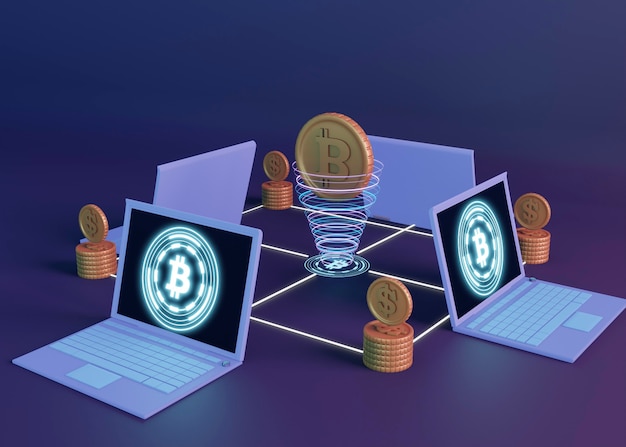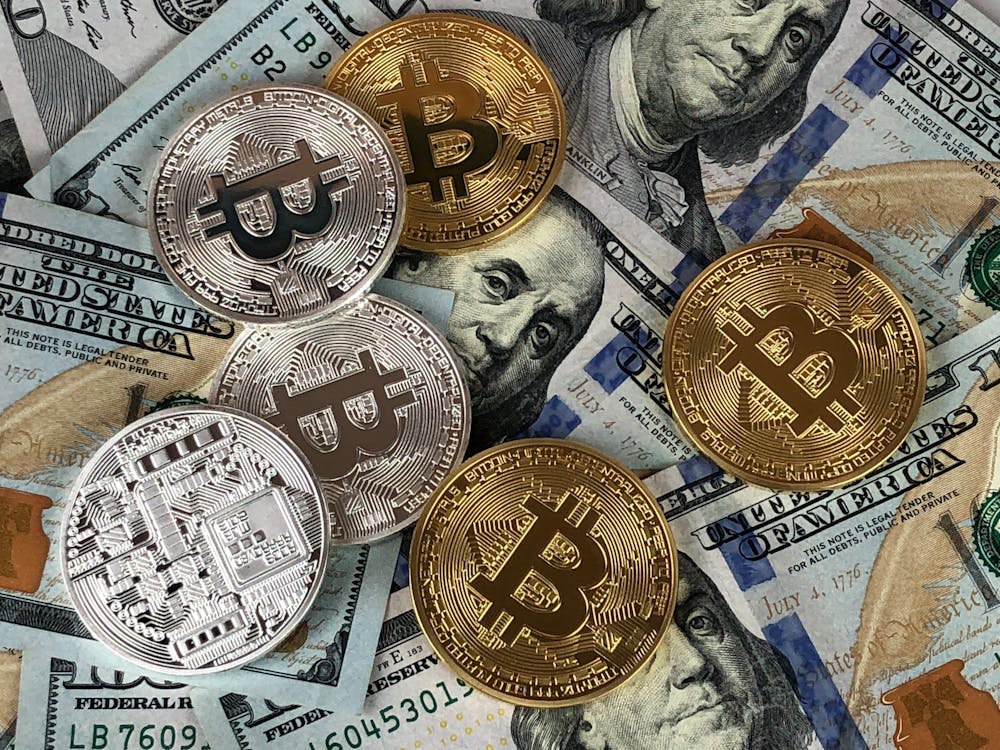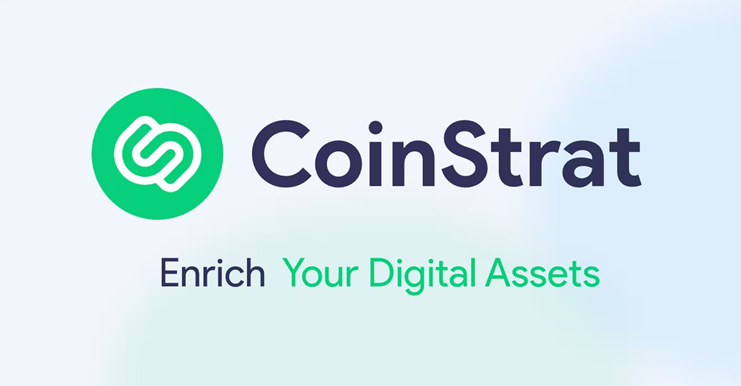Traditionally, fixed-income investments have been regarded as safe but unexciting—reliable sources of income, yet limited by their illiquidity and accessibility. That narrative is rapidly evolving.
A new financial innovation is reshaping the bond market: tokenized treasuries. By merging the transparency of blockchain with the trust of government-issued debt, tokenized treasuries are becoming a transformative force for both institutional and retail investors seeking yield, liquidity, and stability in a volatile market landscape.
What was once a sleepy corner of finance is now attracting fintech giants, asset managers, and even crypto-native platforms, all competing to offer a more flexible, efficient way to access US Treasury yields through blockchain-based tokens. This isn’t just another crypto fad.
Tokenized treasuries may well redefine how bonds are issued, traded, and held—ushering in a new era for fixed-income investing.
How Treasuries Became Tokenized
Treasuries have long been regarded as one of the safest and most liquid assets available, particularly during periods of economic volatility. Historically, however, the market has been constrained by cumbersome settlement times, high barriers to entry, and limited accessibility across borders. Tokenization—converting the rights to an asset into a digital token on a blockchain—breaks down these barriers.
Tokenized treasuries are essentially digital versions of U.S. government bonds issued and traded on blockchain platforms. Each token represents a fractional or full interest in a real-world Treasury instrument, such as a T-bill or note, with on-chain mechanisms handling issuance, trading, and settlement. Smart contracts automate interest payments, custody, and compliance, reducing friction and counterparty risk.
Recent growth in this sector has been explosive. The total value of tokenized U.S. Treasury products on public blockchains surged past $850 million, driven by demand from crypto-savvy investors looking for stable, yield-bearing assets amid persistent inflation and tightening credit conditions.
Many startups and legacy institutions are all pioneering tokenized Treasury products that integrate seamlessly with Web3 wallets and platforms.

Why This Matters: Liquidity, Transparency, and Global Reach
Tokenized treasuries solve three fundamental problems plaguing traditional bond markets: lack of transparency, limited access, and sluggish settlement.
1. Improved Liquidity
Traditional fixed-income instruments are notorious for low secondary market liquidity. Settlement times of T+2 or longer deter high-frequency trades and smaller players.
Tokenized treasuries, however, settle nearly instantaneously on-chain, creating 24/7 liquidity opportunities for participants worldwide.
Decentralized exchanges (DEXs) and institutional-grade trading platforms now enable the real-time buying and selling of these assets, unlocking capital that was previously trapped in bureaucratic settlement cycles.
2. Enhanced Transparency
Blockchain’s immutable and auditable ledger brings unprecedented transparency to Treasury holdings. Investors can verify ownership, yield accrual, and payment schedules without relying on third parties. This transparency is particularly attractive to younger, digitally native investors accustomed to real-time data and open financial systems.
3. Global Accessibility
Traditionally, access to U.S. Treasuries required brokerages, bank accounts, and often, a minimum investment threshold. With tokenization, these requirements are dramatically reduced.
Tokenized treasuries can be purchased through DeFi interfaces using stablecoins such as USDC or USDT, enabling participation from investors in emerging markets who may lack access to formal banking infrastructure. By reducing reliance on intermediaries, these digital instruments democratize access to one of the world’s most trusted asset classes.
DeFi and Tokenized Treasuries: A Symbiotic Future?
Decentralised Finance (DeFi) platforms are integrating tokenized treasuries into their protocols as “real-world assets” (RWAs), bridging the gap between traditional finance and blockchain-based applications.
For example, protocols like MakerDAO and Aave are incorporating tokenized Treasuries into collateral pools to back stablecoins or enable borrowing against them.
This merging of DeFi with conservative fixed-income instruments creates a fascinating dynamic: high liquidity with low volatility. For the first time, DeFi users can park their capital in on-chain treasury-backed tokens, earning predictable yields without exiting the ecosystem.
Such integration also makes DeFi platforms more sustainable, reducing reliance on speculative crypto lending and improving long-term protocol health. This hybrid future isn’t theoretical—it’s already here.
Lowering Barriers, Democratizing Access
Historically, retail investors needed significant capital or intermediary platforms to access Treasury products. With tokenized treasuries, anyone with a crypto wallet can gain exposure to government bonds with as little as $10.
Fractionalization removes geographic and economic barriers. A user in Southeast Asia can hold a sliver of a US Treasury bond without needing to engage with a broker or wire funds internationally. The implications for financial inclusion are enormous, especially in regions with unstable currencies or limited access to global financial instruments.
The Risks and Limitations
Despite the enthusiasm, tokenized treasuries are not without challenges:
- Regulatory uncertainty remains the biggest obstacle, especially for global retail access.
- Smart contract vulnerabilities can lead to technical risks if platforms are not rigorously audited.
- Liquidity pools for secondary markets are still developing, with some products experiencing low trading volumes.
- Interoperability issues between blockchain networks can hinder broader adoption.
That said, these growing pains are not dissimilar to those faced by ETFs two decades ago—a now $10 trillion market.

Why Fixed-Income Investors Should Pay Attention Now
The appeal of tokenized treasuries lies not only in innovation but in timing. As interest rates remain elevated, yield-seeking investors are returning to fixed-income products. However, many are wary of traditional intermediaries, custodial risks, and the slowness of legacy systems.
Tokenized treasuries offer:
- Access to real-world yield in real-time
- Reduced counterparty and settlement risks
- Global access without currency exchange hassles
- Programmable features for composable finance (e.g., auto-coupon payments)
For institutional investors, this means enhanced portfolio management. For retail investors, it offers access to instruments previously out of reach. For DeFi users, it creates new yield strategies. The market is expanding, and early movers are already reaping the benefits.
Kenson Investments: Your Bridge to the Future of Finance
This isn’t just an upgrade to bonds. It’s a reimagining of how capital flows, how trust is built, and how value is preserved. Tokenized treasuries are not a futuristic concept—they’re a living reality, reshaping global finance one block at a time.
Kenson Investments is here to help you navigate this evolving landscape with confidence. Whether you’re an asset manager looking to future-proof your portfolio or a forward-thinking investor seeking a safer yield in a digital format, the blockchain and digital asset consulting company provides the insights and solutions to guide your next move.
The markets are changing. Let Kenson Investments be your compass.
Call now – Explore opportunities today because yield shouldn’t come at the cost of innovation.
About the Author
The author is a financial technology researcher and investment trends analyst with a focus on emerging digital asset markets and blockchain integration in traditional finance. With a background in fixed-income portfolio strategy and a keen interest in decentralized finance, they provide in-depth insights into how innovation is transforming global capital markets.
Disclaimer: The information provided on this page is for educational and informational purposes only and should not be construed as financial advice. Crypto currency assets involve inherent risks, and past performance is not indicative of future results. Always conduct thorough research and consult with a qualified financial advisor before making investment decisions.
“The crypto currency and digital asset space is an emerging asset class that has not yet been regulated by the SEC and US Federal Government. None of the information provided by Kenson LLC should be considered as financial investment advice. Please consult your Registered Financial Advisor for guidance. Kenson LLC does not offer any products regulated by the SEC including, equities, registered securities, ETFs, stocks, bonds, or equivalents”

As a writer, Richard is an advocate of blockchain technology and cryptocurrency in general. He writes about all things from cryptography to economics, with a focus on how it applies to cryptocurrencies. He is also passionate about writing about topics such as decentralization, open-sourced software development, and copyright law.



